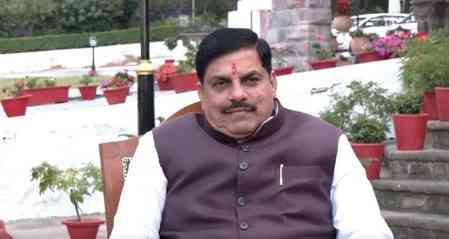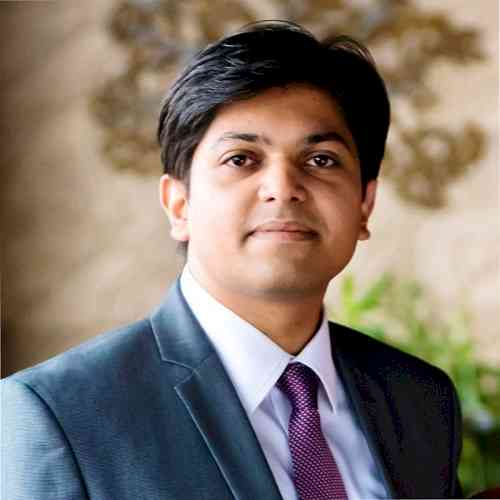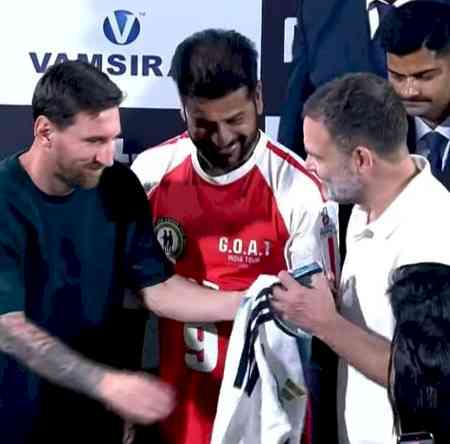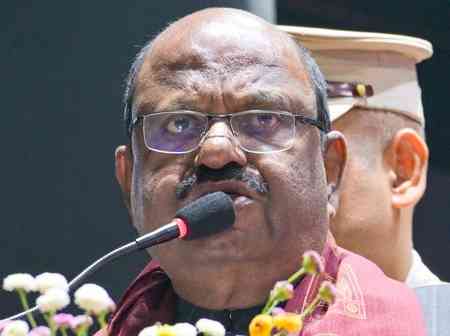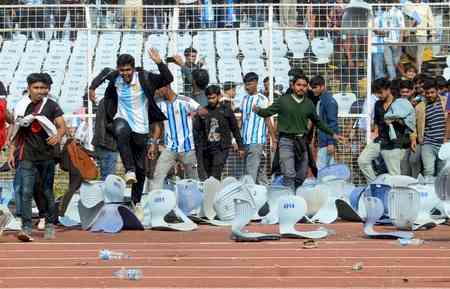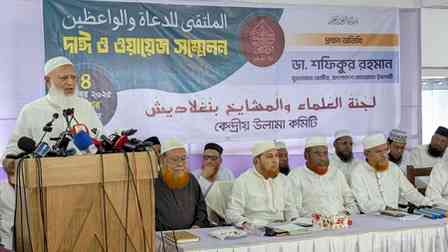World Cerebral Palsy Day: A celebration of resilience and hope
Movement and coordination are impacted by a set of conditions known as cerebral palsy (CP). It is brought on by birth-related or prenatal brain injury. In India, 2-4 children per 1,000 live births have CP, the most prevalent physical disability in children.

Authored by Dr. Ravi Kumar C P, Consultant - Paediatric Neurology, Aster CMI Hospital, Bangalore
Movement and coordination are impacted by a set of conditions known as cerebral palsy (CP). It is brought on by birth-related or prenatal brain injury. In India, 2-4 children per 1,000 live births have CP, the most prevalent physical disability in children.
Types of Cerebral Palsy (CP)
Four primary categories of CP include:
● Spastic CP: This is the most prevalent form of CP, affecting 80% of those who have it. Muscle spasms and stiffness are its hallmarks.
● Athetoid CP: This kind of CP is distinguished by sluggish, writhing arm and leg motions.
● Ataxic CP: This commonly causes balance and coordination issues in people.
● Mixed CP: This variety of CP combines two or more of the other varieties.
Living with CP
Both the kid and the parents may struggle with the challenges of living with CP. Daily activities including dressing, eating, bathing, and using the toilet can be challenging for kids with CP. They might also struggle with communicating and learning. CP parents frequently have to manage a lot of obligations. They might have to look for their child around the clock, plan therapy sessions and medical visits, and speak out for their needs in the community and at school.
Medical management
Although CP cannot be cured, there are treatments that can help to lessen symptoms and improve function. These remedies could consist of:
● Medication: Medication can be used to manage CP symptoms such as muscle spasms.
● Surgery: To improve muscle function or to repair abnormalities, surgery may be advised for some children with CP.
● Therapy: For kids with CP, therapy is a crucial component of treatment. Children can benefit from receiving physical, occupational, and speech therapy as they gain new abilities and improve their function.
Therapies
The cornerstone of CP treatment is therapy. Children's balance, strength, and coordination can all be helped by it. Additionally, therapy can aid youngsters in developing new talents and communication abilities. The most typical forms of CP therapy are:
● Physical treatment: Children who receive physical therapy (Physiotherapy) have better balance and mobility. Physical therapists work with kids to strengthen their muscles, increase their range of motion, and develop new motor abilities using a variety of exercises and methods.
● Occupational therapy: Children who receive occupational therapy are able to acquire the skills necessary to carry out daily activities including dressing, eating, and bathing. Occupational therapists also help children to develop their fine motor skills and to learn how to use adaptive equipment.
● Speech treatment: Speech therapy helps kids communicate more effectively. Children can benefit from speech therapy by learning to speak more effectively, grasp language more fully, and use other forms of communication, including picture cards or sign language.
Challenges and stigma
In society, CP patients frequently encounter difficulties. They might experience discrimination and embarrassment at work, in the classroom, and in social situations. It's critical to keep in mind that individuals with CP are just like everyone else. They share the same objectives, desires, and dreams. A more inclusive society that values and accepts people with CP is necessary.
Being upbeat and hopeful is crucial when dealing with CP. There are numerous resources available to assist those with CP in leading rich and fulfilling lives. You can find information and support from the following organizations:
● Indian Association of Cerebral Palsy (IACP)
● Cerebral Palsy Association of India (CPAI)
● National Association for the Blind (NAB)
● All India Institute of Physical Medicine and Rehabilitation (AIIPMR)
● National Institute of Mental Health and Neurosciences (NIMHANS)


 City Air News
City Air News 
